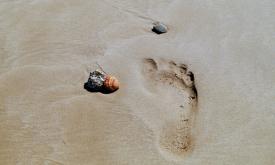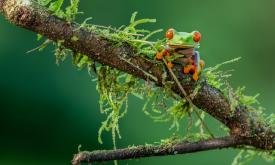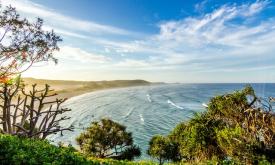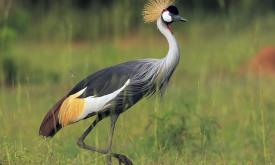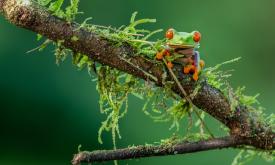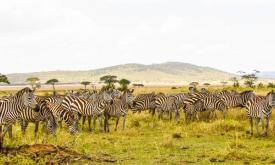Protected and Conserved Areas are a cornerstone for conservation of natural and cultural heritage. They provide ecosystem services that are critical for human health and local livelihoods and they are one the major tools to reach biodiversity conservation goals. The increase in areas under protection is a great result. It is not enough to ensure biodiversity conservation unless PAs are properly managed and governed.
Many studies suggest that inclusive governance plays an important role in delivering social and ecological benefits. The International Union for Conservation of Nature (IUCN) recognizes four protected area governance types: Governance by government; Shared governance; Private governance and Governance by indigenous peoples and local communities with respect to who holds decision-making and management authority and responsibility about protected areas.
Differences among protected area governance types matter for conservation outcomes. We analysed the change in mangrove forests cover among different types of protected areas governance. We used the dataset for mangrove forests cover provided by Bunting et al. (2022) to estimate the effort to protect mangrove forest by ACP countries and the rate of loss within protected areas grouped by governance and countries between 2007-2020.
In 2020, around 38% (about 16000 km2) of mangrove forests in ACP countries were covered by more than 2000 protected areas. 54% of those protected areas are managed by government authorities while 6.6% have a shared governance and 9,8 % are managed by Indigenous People and Local Communities. The remaining 24% has a ‘ not reported’ governance in the World Database of Protected Areas (WDPA).
The overall effort of ACP countries to protect mangrove forests has increased up to 41% between 2007-2020. Most of these areas are managed by government authorities but areas governed by Indigenous people and local communities rise up to 198 in 2020.
To have these metrics at country level, please check BIOPAMA Geonode: https://geonode-rris.biopama.org/layers/geonode:geonode_man_prot_2020#
Analysis performed by Simona Lippi and Andrea Capata
Source data
Bunting, P.; Rosenqvist, A.; Hilarides, L.; Lucas, R.M.; Thomas, T.; Tadono, T.; Worthington, T.A.; Spalding, M.; Murray, N.J.; Rebelo, L-M. Global Mangrove Extent Change 1996 – 2020: Global Mangrove Watch Version 3.0. Remote Sensing. 2022

